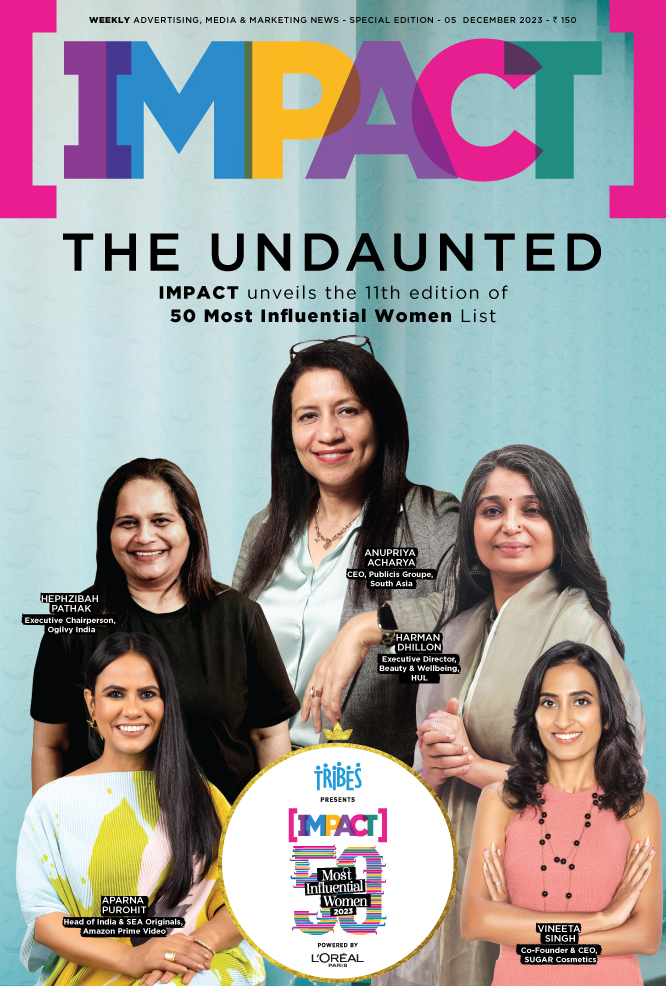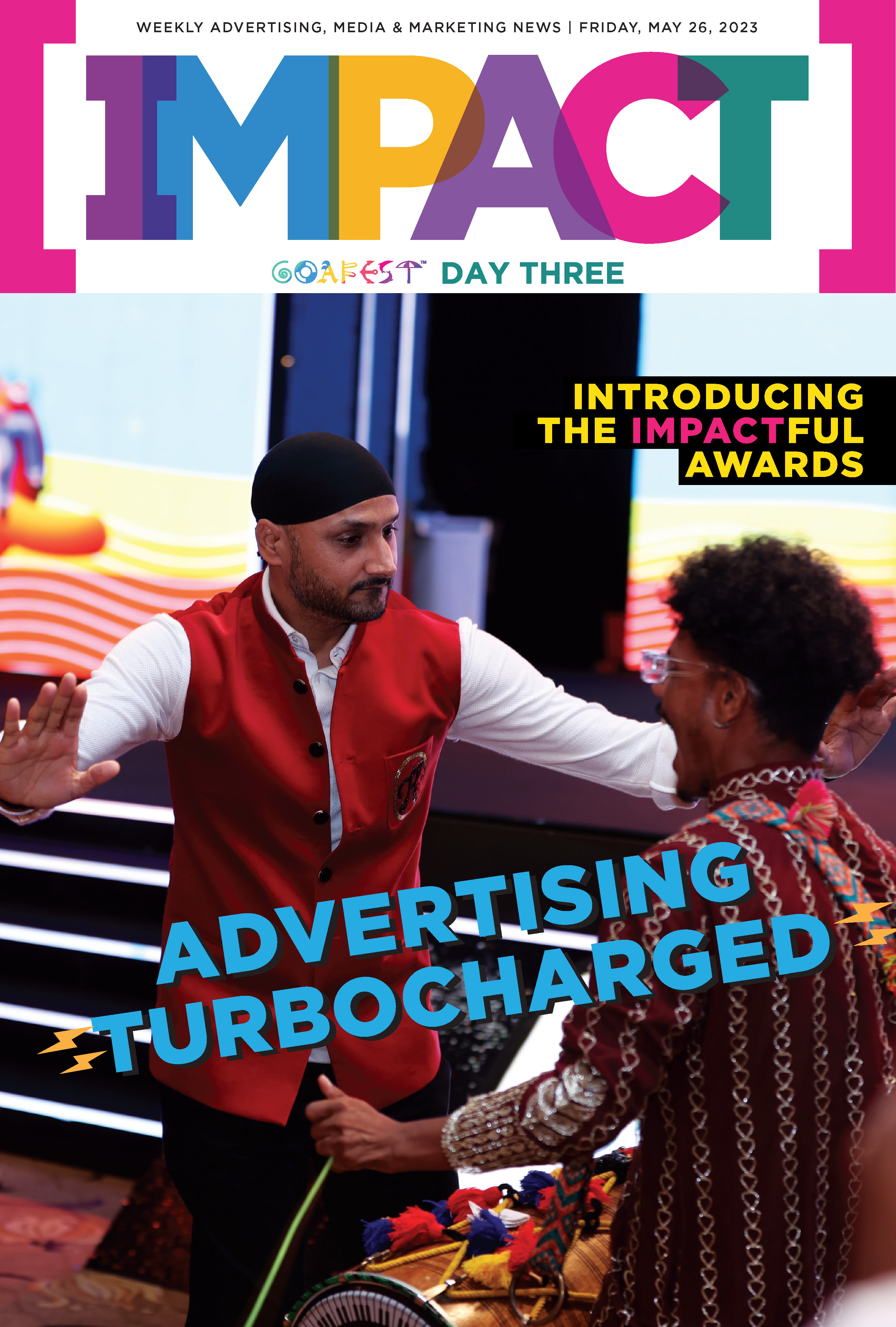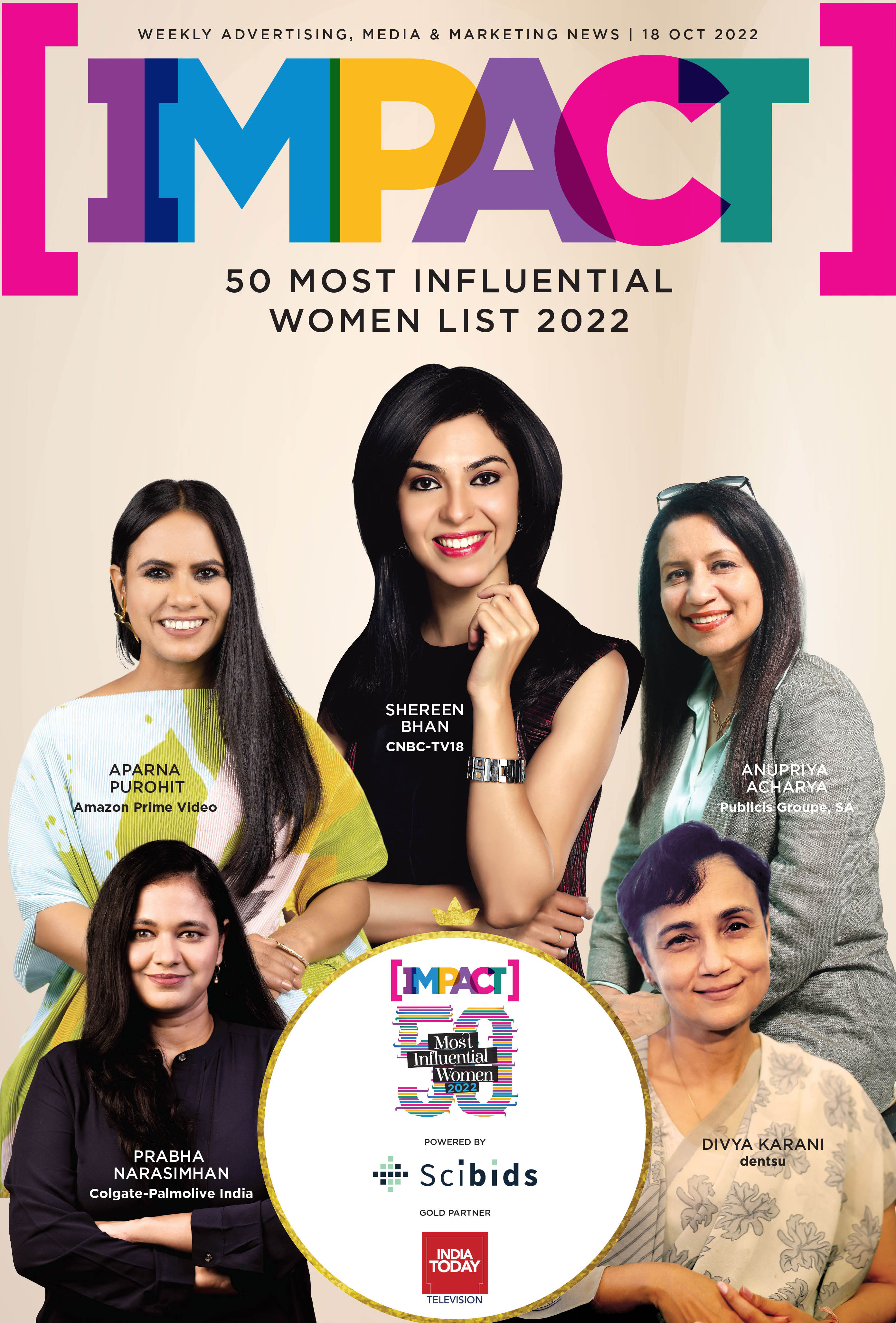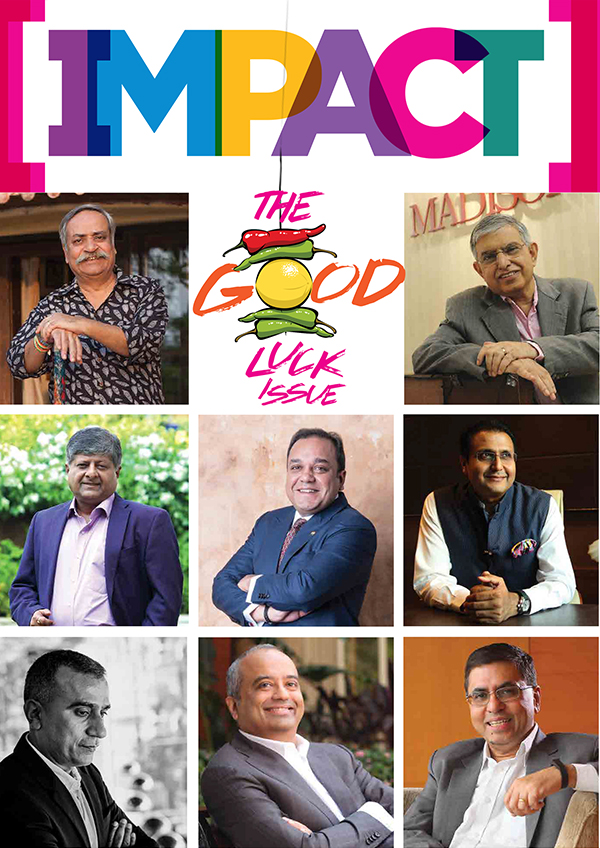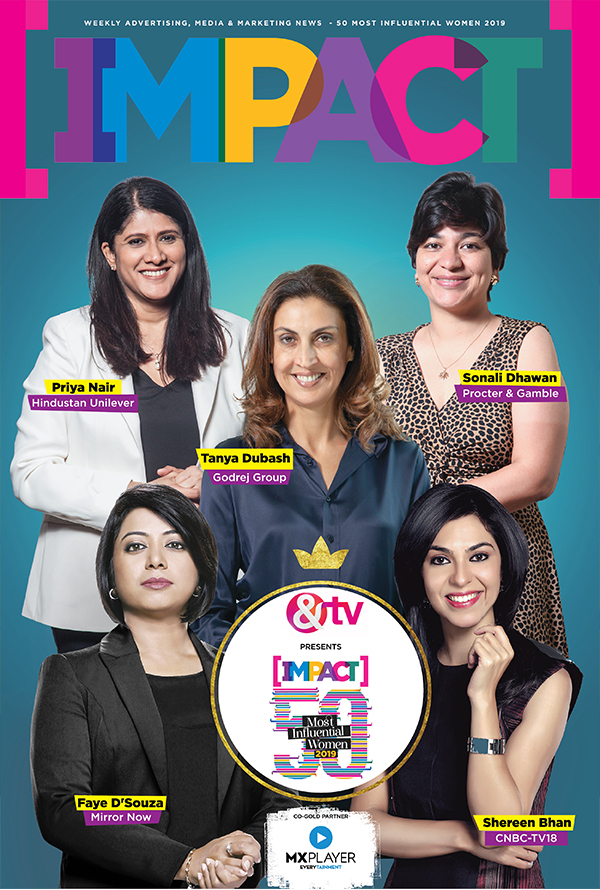In recent years, India’s retail and fashion landscape has been dramatically reshaped and it’s not just metropolitan malls that are calling the shots anymore. The e-commerce wave is now far more inclusive of smaller towns: over 60 % of new online shoppers in India hail from Tier-2 and Tier-3 cities. Meanwhile, fashion and accessories accounted for 29 % of all online purchases in 2024, and smaller cities are becoming major drivers of that growth. For sports and athleisure labels, this scenario is nothing but a big chance. The combination of higher income, growing awareness of fitness and better digital access has made Tier-2 India the new and vibrant market with fresh growth factors that go beyond the traditional metro markets.
A shifting geography of demand
Brands and retailers have traditionally focused on metros: Bangalore, Mumbai, Delhi. But as internet access, smartphone penetration and logistics infrastructure deepen in smaller towns, Tier-2 and Tier-3 cities are jumping into the mainstream of consumption. According to a report, Tier-3 cities alone posted a 21 % year-on-year growth in e-commerce orders during the 2025 summer sales, compared with an overall growth of 8 %. The message is clear: consumers in smaller cities are ready for , and spending on fashion, lifestyle and sportswear.
Sports & athleisure why they are the best solution
Among the various reasons why athleisure brands are the best ones to take advantage of this trend, we can mention the following:
- Upgraded lifestyle on the move: Economic growth in Tier-2 cities is leading to a change in consumers' fashion sense, they are not merely purchasing clothes; they are purchasing lifestyle. Fitness studios, morning runs, yoga, badminton courts are becoming part of the semi-urban narrative. Brands that offer “sportswear that doubles as everyday wear” are resonating.
- Digital access = aspiration unlocked: The fashion-forward consumer in a smaller city now has the same Instagram, same influencers, same access to global trends as a metro citizen. The 3× growth of Gen Z consumers in Tier-2 via Amazon’s fashion channel is one sign of this. Price-and-performance sweet spot: Smaller cities often favour value, versatility and brand trust. Although the athleisure products that combine comfort, brand authenticity, and style have a great appeal, they still have very accessible price points.
Repositioning marketing: exclusion of metros
This change in marketing and creative teams will require a complete overhaul of their thinking processes:
- Storytelling based on the region: The images and communication should be in accordance with the Tier-2 culture,regional languages, well-known value systems, various use-cases (from gym to the street, from work to weekend).
- Omnichannel and experience-led: Some Tier-2 markets are now getting modern retail and brand stores, but still digital and social are the strongest channels. Hybrid models (online + pop-up activations) are very successful. JLL has predicted that Tier-2 & 3 cities will experience a growth of 25 million sq ft in new retail area by 2029, which means that offline is still very important.
- Community building: Fitness clubs, walking groups, and local sports leagues provide great opportunities for athletes to establish their foothold in these markets.
Challenges and how to navigate them
This runway, however, brings its own set of difficulties:
- Logistics and delivery constraints: Delivering products to a wide region with different infrastructure is still a costly issue but companies that set up hub-and-spoke models are slowly overcoming this problem.
- Affordability versus aspirations: While the aspiration is at the highest level, price sensitivity remains a significant concern particularly in the smaller towns. Brands, therefore, need to adjust their quality, positioning, and pricing according to the scenario.
- Relevance of product & fit: The local climate, usage patterns and consumer preferences may be different. As an illustration, activewear might have to serve the purpose of casual wear in addition to gym wear and not just gym wear only. The product teams have to adapt to local conditions.
The runway ahead
The runway is free for the sports and athleisure brands that are ready to take the risk and enter Tier-2 India. The next area of growth is in the smaller cities where the three factors of fashion, fitness, and functionality come together. The brands that offer the perfect mix of sporty utility + everyday style and also adjust to local stories of movement, aspiration, and value will be the winners. Marketing playbooks must evolve: region-sensitive storytelling, influencer networks beyond metros, omni-channel experiences and community-led brand building.
Conclusion
The India of 2025 isn’t just about Mumbai or Delhi any longer: it’s equally about Indore, Kochi, Jaipur, Surat. When a brand captures the heart of Tier-2 India, it doesn’t just sell more, it becomes part of a larger lifestyle movement. For sports and athleisure brands, the message is clear: the new runway is here, and it’s not just urban: it’s everywhere. The direction of growth is not just higher, it’s across towns, varied and inclusive. Are you ready to run?



.jpeg)











